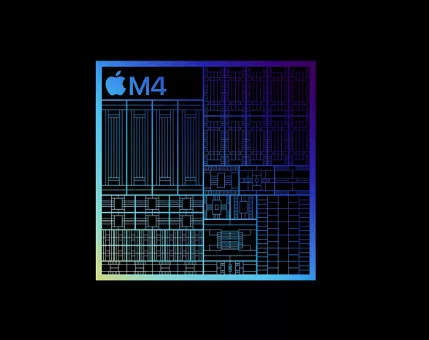Something should be done about the Snapdragon 8 Gen 4 design being revamped from a 4.00GHz frequency and above to a 4.26GHz frequency, according to hearsay. Apple’s M4 chip has been making the rounds, as it operates at high clock speeds and has a new single-core score record, which has forced Qualcomm to rethink its approach in order to encourage consumers away from Apple’s A18 and A18 Pro situation, both of which are expected to function at similarly high frequencies.

More About Snapdragon 8 Gen 4
Since Qualcomm is anticipated to disclose the Snapdragon 8 Gen 4 in October, there is a possibility to take advantage of the spin shift until then, especially after the shock of Apple’s M4 had a chance to set in. The potential improvement of single-core performance with the new targeted frequency will be unprecedented, and as the ‘2 + 6’ CPU cluster configuration is expected, multi-core performance is also anticipated to considerably improve.

It is worth mentioning that both the M4 and the Snapdragon 8 Gen 4 will likely use TSMC’s second-generation 3nm process, which entails similar characteristics in manufacturing and performance to the latest models of the iPad Pro. However, unlike the M4, the new Snapdragons lack Scalable Matrix Extension, which could cause inefficient management of matrix math workloads, which would give an impression of M4 being more efficient.
As a result, phone developers might need to implement larger vapor chambers to achieve maximum efficiency of operations related to the Snapdragon 8 Gen 4 in use. The performance potential of the Snapdragon 8 Gen 4 could be limited by the lack of SME regardless of the purchase of an increased frequency target. Thus, Qualcomm’s transition to the 4.26GHz target might be a measure to close this gap and remain in competition.

With more comparisons expected ahead, it is then left to see how these changes are designed by Qualcomm to result in actual performance gains and how phone manufacturers themselves are going to use the Snapdragon 8 Gen 4’s capacity to the fullest. The industry will eagerly await more information in the coming months as these chips are unveiled and subsequently benchmarked.








